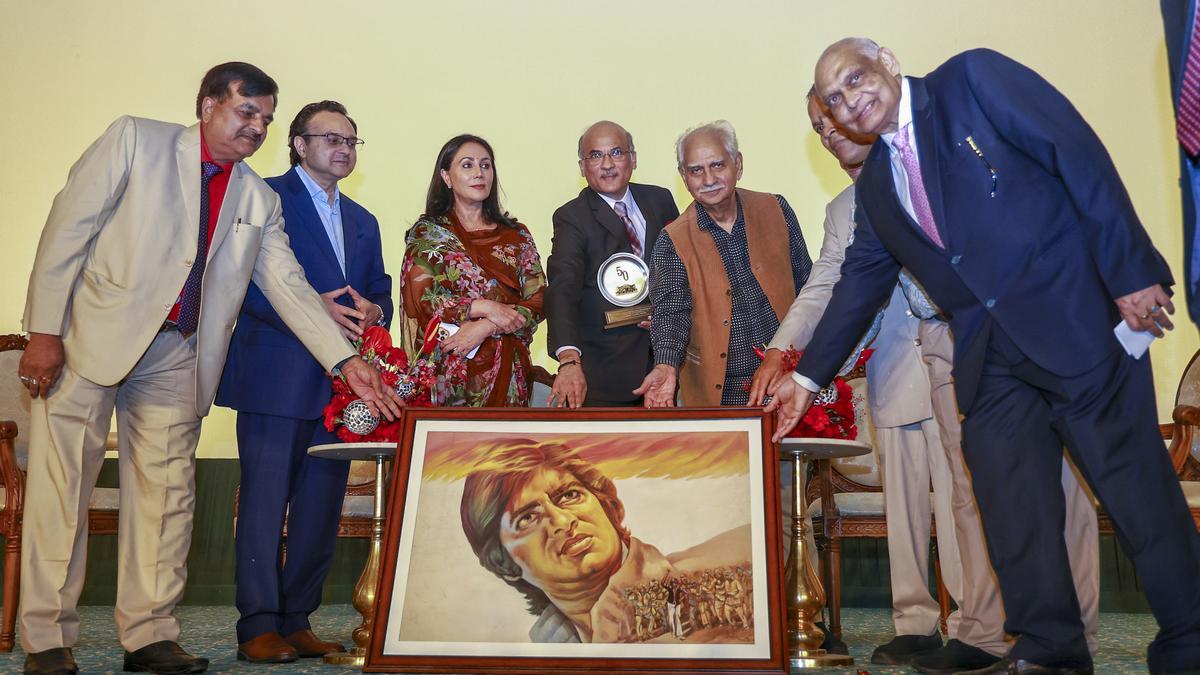
Pakistan’s cricket scene has once again captivated the global audience with its unexpected turn of events. Just ahead of crucial tours to Australia and Zimbabwe, the white-ball head coach Gary Kirsten has decided to step down, a move that shocked many within cricket circles and beyond. Announced merely 24 hours after the squads were publicized, Kirsten’s resignation was promptly accepted by the Pakistan Cricket Board (PCB). As the iconic Australia tour rapidly approaches, Jason Gillespie, the current red-ball head coach, is set to bridge the gap, transitioning into the role of the white-ball head coach for the tour.
Kirsten’s tenure, albeit brief, began amidst great anticipation, having been selected in May over prominent contenders such as Shane Watson and Darren Sammy. The decision, which took the PCB three months to conclude, was hailed by chairman Mohsin Naqvi as a remarkable opportunity for enhancing the team’s prowess by learning from seasoned professionals.
Despite the hype around Kirsten’s appointment, his initial foray as head coach was rocky. Pakistan, after a series of disappointing matches, was eliminated in the group stages of the T20 World Cup following losses to the USA and India. This triggered yet another leadership shakeup, with Babar Azam resigning as captain for the second time within a year. Although hopes were pinned on Kirsten to revitalize and defend the Champions Trophy on home turf, his tenure ended abruptly without ever supervising an ODI match.
Underlying tensions seem to have stemmed from recent changes in Pakistan’s cricket administration. The PCB restructured the selection process post a Test series loss to England, removing both the coach and captain from the selection committee. This shift of power to a new selection panel, led by Aaqib Javed and comprising Aleem Dar, Azhar Ali, Asad Shafiq, and Hassan Cheema, sidelined Kirsten’s influence over squad selections.
. Reports, particularly from ESPNCricinfo, suggest that Kirsten was vocally dissatisfied with this development and engaged in fervent discussions with the PCB. He was seeking a say in player selections—an appeal that was refuted.
Before Kirsten’s early exit, he had committed to a two-year contract with the PCB. His departure means he leaves without overseeing the team in the ODI format. This impending void, particularly ahead of Pakistan’s first post-World Cup ODI scheduled for November 4th on the Australian tour, has posed significant challenges for the team management.
Meanwhile, the captaincy saga within Pakistan’s cricket continues to unfold with an unpredictable pattern. Babar Azam twice relinquished his captaincy, first replaced by Shaheen Afridi, who eventually stepped down in March 2024. Subsequently, Babar regained the leadership position before the T20 World Cup, only to resign again in September 2024. Mohammad Rizwan was appointed as captain for both T20Is and ODIs, representing another fractional chapter in Pakistan cricket’s quirky leadership chronicles.
This roller-coaster of changes might appear amusing from an outsider’s perspective, yet it epitomizes the inherent unpredictability associated with Pakistan cricket. Fans and experts around the globe remain bewildered by the unprecedented frequency of shifts in leadership and strategy undertaken by the PCB.
A concise timeline of the tumultuous changes since Pakistan last participated in an ODI encapsulates the whirlwind of transformations:
– November 2023: Babar Azam steps down as captain
– November 2023: Shaheen Afridi assumes the captaincy
– March 2024: Shaheen Afridi steps down as captain
– April 2024: Babar Azam reinstated as captain before the T20 World Cup
– May 2024: Gary Kirsten appointed as white-ball head coach
– September 2024: Babar Azam resigns once more as captain
– October 2024: Mohammad Rizwan takes over as captain
– October 2024: Gary Kirsten resigns as head coach
– October 2024: Jason Gillespie becomes interim white-ball head coach for the Australia tour
In a cricketing world where stability is cherished, Pakistan’s penchant for the unexpected guarantees that they remain a focal point of intrigue and astonishment, offering narratives that captivate the cricketing community when least anticipated.










